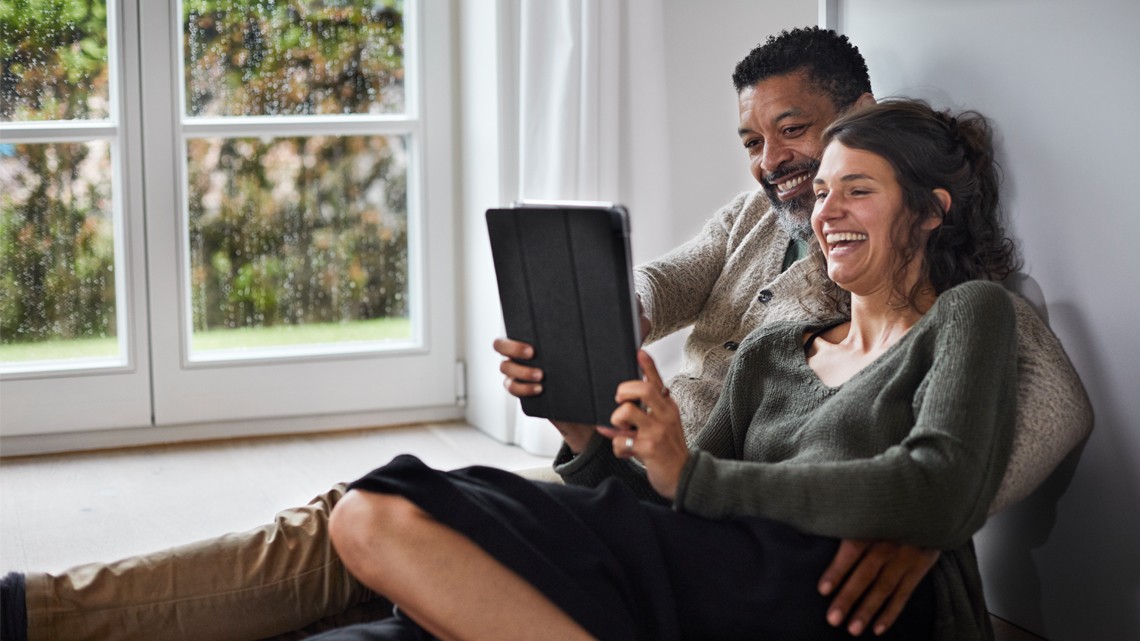Staying Fit


After years of smooth sailing in the bedroom, lately sex might not be feeling as great. You may be recovering from a recent injury, chronic pain could be flaring up or a condition like arthritis might be causing newfound joint stiffness. Then there are all the hormonal changes we go through as we get older, like dropping testosterone levels or vaginal dryness thanks to menopause.
“There are many reasons that sex can start to be less enjoyable as we age,” says Heather Jeffcoat, president of the Academy of Pelvic Health Physical Therapy and author of Sex Without Pain: A Self-Treatment Guide to the Sex Life You Deserve. But if you’re willing, making a few tweaks doesn’t have to put a damper on your sex life.


AARP Membership— $12 for your first year when you sign up for Automatic Renewal
Get instant access to members-only products and hundreds of discounts, a free second membership, and a subscription to AARP the Magazine.
And with less than half of older Americans reporting that their sex life is satisfying, according to a 2023 AARP survey on sex, those modifications might be the key to a better sex life overall.
Here’s a guide to finding comfortable and enjoyable sex in your 50s and beyond.
Ease up on your joints
Positions that minimize joint stress such as lying side by side can reduce discomfort in those with conditions like arthritis, says Kien Vuu, M.D., a triple board-certified physician and the author of Thrive State. And spooning positions can feel better for people with back pain, especially for the partner doing the majority of the work.
Maybe you used to love being on top in missionary position or often defaulted to doggy style, for example. But now you have osteoarthritis in your knee or are recovering from knee replacement surgery, so kneeling or being on all fours doesn’t feel good these days.
In this case, you may need to restrict your range of motion and avoid direct weight on the knees; try positions that involve standing or lying on your back instead, says Heather S. Howard, a board-certified sexologist and the founder of the Center for Sexual Health and Rehabilitation.
One cautionary note: Don’t try to push through the pain, says Kourtney Randsdorp, owner of Functional Freedom, a mobile physical and occupational therapy company that serves Lancaster County, Pennsylvania, and “listen to your body,” she says. Howard warns that if you continue to have sex in a position that doesn’t feel great, eventually your nervous system may begin to expect pain, and you’ll either tense up, which can lead to additional pain, or start to avoid sex altogether.
Swap positions with your partner
If you have mobility issues, you may benefit from positions in which your partner is the more active participant, says Randsdorp.
This could be doggy style, with your partner in the standing role and you resting on all fours on the bed. You could also engage in person-on-top sex and prop yourself up with a pillow at a comfortable angle to be the individual who is lying on the bed. And in missionary position, the person on their back is doing a lot less work.




































































More From AARP
9 Erogenous Zones Not to Ignore During Sex
Increase arousal with a game of ‘sexploration’Open Relationships: The Pros and Cons
What older adults should ask themselves and know before having more than one partner
Professional Matchmaker Patti Stanger Shares Top Dating Tips
New reality show ‘Patti Stanger: The Matchmaker’ features relationship advice for struggling singles
Recommended for You